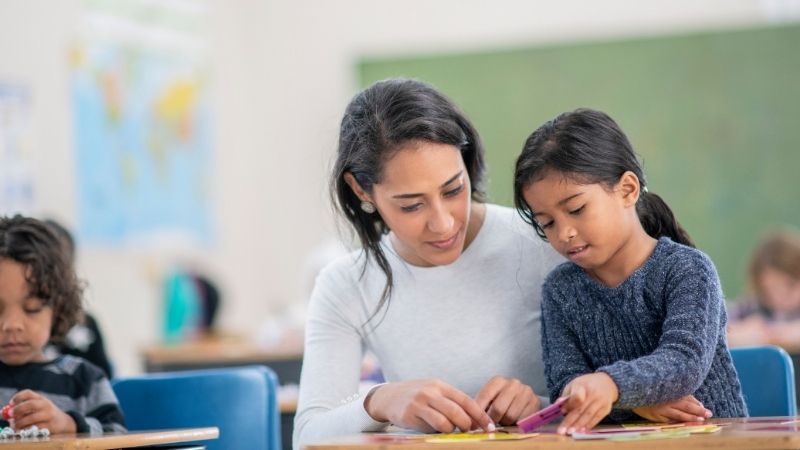
Behavioral interventions are designed to prevent behavior that gets in the way of learning. Often, a BIP involves bringing together the entire school team to look into a student’s misbehavior.
The team can interview the student and teachers, observe them, and talk to parents or caregivers. They also identify the antecedents and consequences of the misbehavior.
Interventions
Students with behavioral issues can benefit from a variety of educational interventions that promote positive behavior. These include individualized education programs (IEPs) and multi-tiered systems of supports.
At the individual level, successful behavioral interventions encourage people to change their behaviors by making them aware of the harms associated with unhealthy behaviors and allowing them to make healthier choices. For example, health messages tell people that smoking kills; that driving while drunk is dangerous to others; and that they can control their blood pressure through diet and exercise.
Behavioral interventions can be implemented at three levels: individual, community, and national. Those that succeed at the individual and community levels often employ the same strategies. For example, they may rely on self-reevaluation, social liberation, and counterconditioning, all of which are described in the section.
Strategies
Whether an individual student needs an IEP or a whole school community has been affected by the pandemic, behavioral intervention is key to helping students return to school. A multi-tiered system of support (MTSS) is a framework that allows educators to address student behavior with consistency and effectiveness.
Identifying the function of the behavior is essential to selecting an effective intervention. All behaviors are aimed at meeting a goal, and understanding that a challenging behavior can serve any of four functions helps teachers choose the correct strategy.
Low-intensity strategies that limit challenging behavior and promote desired ones are easy for educators to implement. When assessing an intervention's success, look for a 20% or more decrease in the behavior over a 4-6 week period. This is an easy standard to reach for most behaviors.
Plans
Behavioral interventions are designed to improve outcomes for specific populations and groups of people. They often target lifestyle behaviors such as smoking cessation, dental visits, hand washing, and medication adherence. They also can be directed toward reducing or changing other behaviors that impact health, such as reducing emotional outbursts and improving parenting skills.
A positive behavior intervention plan (BIP) is a written proactive plan that forms part of a child’s IEP, and provides instructions for teachers or specialists to reduce challenging behaviors in educational settings. It includes strategies for teaching students new ways to get what they want without using negative behaviors, such as by requesting help or using social skills.
Behavioral intervention research is an area of inquiry that overlaps with other classic clinical trial methodologies, but requires its own set of principles to be successful. For example, it is important to involve immediate end users and stakeholders early on in the process of developing and advancing an intervention.
Positive Reinforcement
Positive reinforcement is one of the most commonly used behavior management techniques. It is based on the concept of Operant Conditioning, which posits that behaviors are repeated when they have a positive consequence. Like the rats that pressed a bar to get food, students who receive positive attention for their behavior are more likely to repeat it.
Examples of positive reinforcement include praise, treats, or toys. The key to success is delivering the positive reinforcement soon after the desired behavior. Otherwise, a student will not make the connection between their behavior and the reward. Contrastingly, punishment is viewed as more effective than positive reinforcement because it is quick to administer and quickly terminates negative behavior (Maag, 2001). However, it can be perceived as coercive in nature and may interfere with individuals’ freedom to choose their own behaviors.
Behavior Modification
Behavioral modification is an approach that uses positive reinforcement and negative punishment to encourage desirable behavior. B. F. Skinner, the founder of operant conditioning, discovered that certain consequences (or reinforcers and punishers) increase or decrease the likelihood a particular behavior will occur again.
A therapist can help develop and implement behavior modification strategies to promote desirable behaviors in your child or loved one. Consistency in applying these techniques is key to achieving consistent long-term behavior change.
Parents can use this technique at home by teaching their children to perform specific tasks, like completing homework each day or cleaning the room. A therapist can also teach parenting skills, including Parent-Child Interaction Therapy (PCIT), to improve physical and verbal interactions with their children. PCIT is an evidence-based intervention that helps reduce child abuse and neglect, as well as improve the relationship between parent and child.
 Careers in EducationElementary EducationHigh School EducationEducational TechnologyTeaching StrategiesSpecial EducationPrivacy PolicyTerms And Conditions
Careers in EducationElementary EducationHigh School EducationEducational TechnologyTeaching StrategiesSpecial EducationPrivacy PolicyTerms And Conditions
